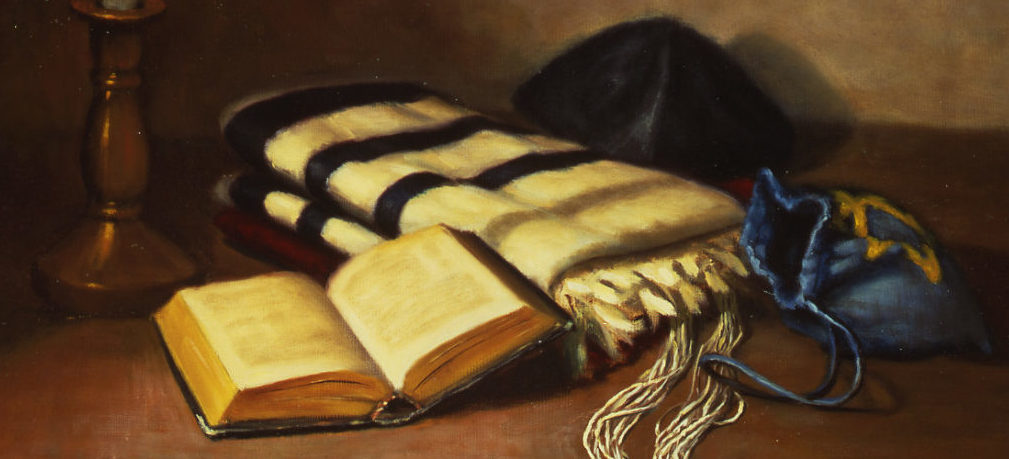The case study reports differing viewpoints within the post-genocide communities of Mostar, Bosnia and Vulkovar, Croatia, on the kind of post-conflict historical curricula that should be implemented in schools. One commonality between Bosniaks and Croats in Mostar and between Serbian and Croats in Vulkovar is a fear that new historical curricula will report a singular narrative that renders one ethnic group superior (241-243). In both locations conflicting goals sought both to develop a common identity and support ethnic language and culture.
In both locations conflicting goals sought both to develop a common identity and support ethnic language and culture.
The authors suggest that both communities implement a curriculum that teaches about the origins and history of ethnic relations. With respect to Mostar, Bosnia in particular, “a curriculum for teaching history that could be developed in ways that teach students to explore multiple perspectives and to interpret historical sources” was suggested (244-245). Every group wants their history to be taught, except the Serbs in Croatia feared that they would be held responsible for atrocities (237).
Citation: Freedman, Sarah Warshauer, Dinka Corkalo, Naomi Lery, Dino Abazovic, Bronwyn Leebaw, Dean Ajdukovic, Dino Djipa, and Harvey M. Weinstein, “Public education and Social Reconstruction in Bosnia and Herzegovina and Croatia.” In My Neighbor, My Enemy: Justice and Community in the Aftermath of Mass Atrocity, eds. Stover, Eric, and Harvey M. Weinstein. Cambridge, UK: Cambridge University Press, 2004, pp. 227-243.
A second project in Bosnia used multi-pronged educational techniques to involve youth in civic engagement. The approaches included the Facing History and Ourselves model of learning about “the other” through dialogue, acquiring skills of empathy, and techniques in appreciating and building a democratic society. A second module involved training in nonviolent communication, and a third educated the youth in building civic societies in cities with diverse populations.
Citation: Kasumagic, Larisa, “Engaging Youth in Community Development: Post-war healing and Recovery in Bosnia and Herzogovina,” International Review of Education, vol.54, No. 3-4, May-July 2008, 375-392.
Hromadzic, a Bosnian ethnographer, reported on attempts in Mostar, Bosnia and Herzegovina, to unify Bosniaks and Croats in the Mostar Gymnasium. The focus in this study was not teaching subjects related to ethnic history, but largely the language used in the school. Croats rather than Bosnian Moslems viewed their language, one of three languages involved in this city, as the main symbol of their ethnic identity. School officials essentially retreated from the fully integrated model of education favored by the international community after the Dayton accords to having two schools under one roof, with different languages and curricula for Bosniaks and Croats. At the end of the study, teachers and students from the two groups began to communicate more, and computer science classes became integrated and taught by a Serb teacher.
School officials retreated to having two schools under one roof, with different languages and curricula for Bosniaks and Croats.
Citation: Hromadzic, Azra, “Discourses of Integration and Practices of Reunification at the Mostar Gymnasium, Bosnia and Herzegovina,” Comparative Education Review, vol.52, No.4, July 2008, 541-563.
See also, Ramet, Sabrina P., and Davorka Matic, eds. Democratic Transition in Croatia: Value Transformation, Education & Media. College Station: Texas A & M University, 2007.

